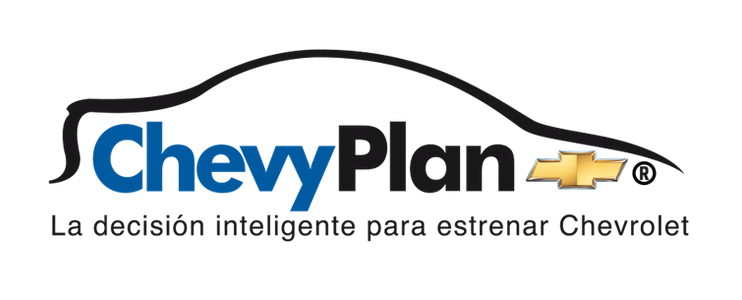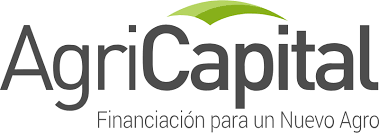Crecimiento estancado
Los ingresos se aplanan y los canales actuales ya no escalan.

Somos un laboratorio vivo de ideas radicales que impulsa el crecimiento extraordinario de las organizaciones.
HablemosTransformamos desafíos en posibilidades de crecimiento radical.
Los ingresos se aplanan y los canales actuales ya no escalan.
Falta de ambición y planes de largo plazo.
Costos suben más rápido que el precio o el volumen.
La oferta suena genérica frente a la competencia.
Equipo directivo busca saltos exponenciales, no mejoras marginales.
Planes de expansión más allá del mercado local.
Recursos listos para invertir en apuestas de crecimiento.
Voluntad de incubar productos o unidades completamente nuevas.
Creemos que todas las organizaciones pueden crecer grandes y generar más impacto.
Diseñamos estrategias ambiciosas que impulsan el crecimiento exponencial. Desde la definición de la visión hasta la implementación de planes detallados que transforman organizaciones.
Conocer más →Optimizamos la asignación de capital para maximizar el retorno. Evaluamos oportunidades de inversión y diseñamos estructuras financieras que potencian el crecimiento.
Conocer más →Transformamos ideas en resultados medibles. Implementamos soluciones que generan impacto real en la rentabilidad, eficiencia y posicionamiento competitivo.
Conocer más →Desde 2015, hemos construido expertise profundo en sectores clave, impulsando el crecimiento de organizaciones en nueve países.
Más de cincuenta compañías líderes han acelerado su crecimiento con Upside.








